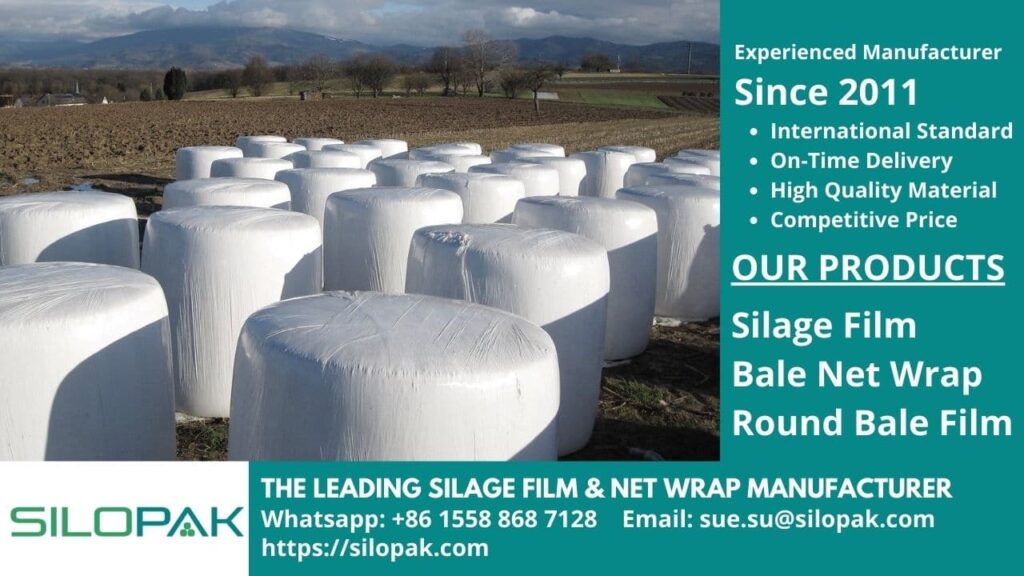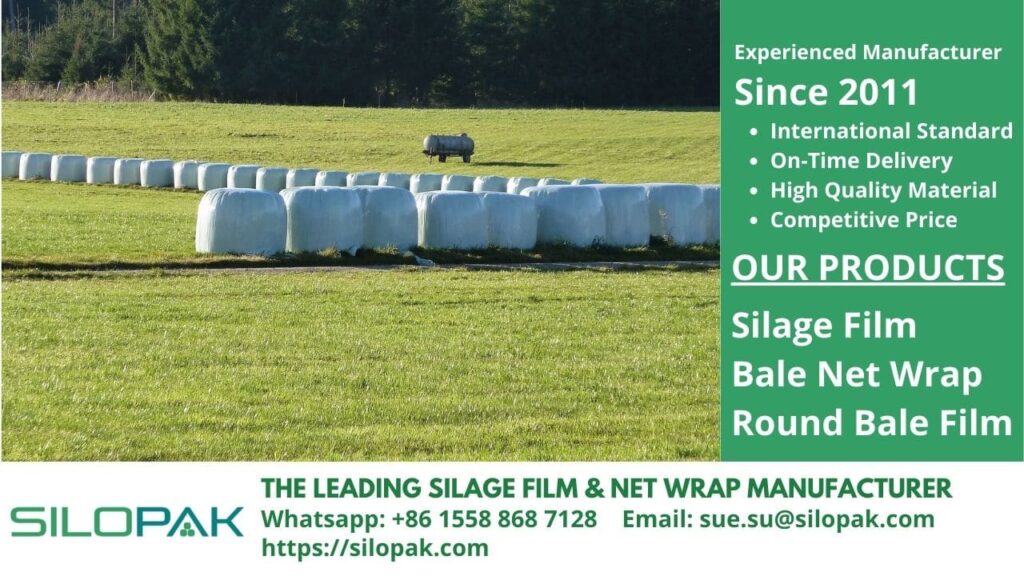
In the world of animal husbandry, the role of ruminant feed cannot be underestimated at all. As the term indicates, it is a type of food given to ruminants that farmers raise. In turn, these animals will produce meat that can be used by their owners both for personal consumption and for commercial purposes.
Quality feed ensures a quality product. So, it makes sense for a farmer to provide only the best types of food to feed his livestock. However, to keep up with the importance of this type of feed, challenges also exist to overcome for farmers.
contents
Find out the biggest enemy of ruminant feed
The main risk exposed to ruminant feed is oxygen. Food prepared for cows is treated through a fermentation process. Exposure to oxygen can thus trigger further fermentation, ultimately resulting in food spoilage. Spoiled feed is home to a number of harmful organisms, all of which can cause disease when consumed by the animals that are fed with it. Therefore, the most important task of a farmer is to prevent oxygen from damaging the fermented plant parts.
You could argue that if it takes this much to feed livestock, why don’t we stop making fermented food for animals? Well, it may sound simple, but in reality, feeding fermented food to domesticated animals can be beneficial for them. This will increase their overall health level. And we all know that healthy animals are a source of healthy staple foods.
Ruminant Feed: All Stages Involved in Manufacturing
In the process of making ruminant feed, a sturdy silo is needed, so another name for this animal feed is silage. Once plant parts enter the silo, they go through four stages before they are ready for animal consumption.
- Pre-Sealing Stage
This stage takes place in the first few days after the plant parts enter the silo. During this stage, some respiration may occur, and dry matter loss will be observed.
- Fermentation Stage
This process takes place over several weeks in the silo. During this process, the pH drops while dry matter loss is observed at a higher rate. Aerobic respiration stops taking place while hemicellulose is broken down.
- Infiltration Stage
During this stage, some oxygen will be allowed to infiltrate the silo. Limited microbial respiration occurs at this stage. Some forms of carbohydrates are released as gases and heat.
- Emptying Stage
In the emptying stage, the surface is exposed to the outside world. This, in turn, results in more dry matter loss.
After this stage, silage must be packed tightly and firmly. Loose packaging will allow interaction with oxygen, and this is what causes spoilage.

Production of ruminant feed through this method can be done either through traditional methods or modern processes. Traditionally prepared feeds usually take longer to complete. The availability and accessibility of modern tools and technologies can greatly improve and speed up the entire process.
Above all, regardless of which method is chosen, the main concern in producing silage is the prevailing climate. It has a lot to do with the ambient temperature affecting the temperature inside the compartment.
Most ruminant feed made through the fermentation process consists of grasses such as corn and sorghum. This procedure requires the whole plant to be processed, not just part of it. Other examples of materials suitable for producing silage include potatoes and some weeds. Not only every plant can be made into animal feed because the composition of moisture is also taken into account. Plants with lower moisture ratios are usually not suitable for this purpose.
Choose Only the Best Packaging for the Best Ruminant Feed
As previously mentioned, the ruminant feed has a high commercial value. Therefore, it makes sense to take good care of it so that it can be accessed as a staple fodder for livestock in the long term. Proper handling and care are very important to keep feed fresh and safe for consumption.
If you are currently wondering how to best handle your ruminant feed so that it can have a longer shelf life, Silopak has the solution you have been looking for. Visit our website to find the best feed sealer film that can prevent your silage from being damaged by improper handling.

